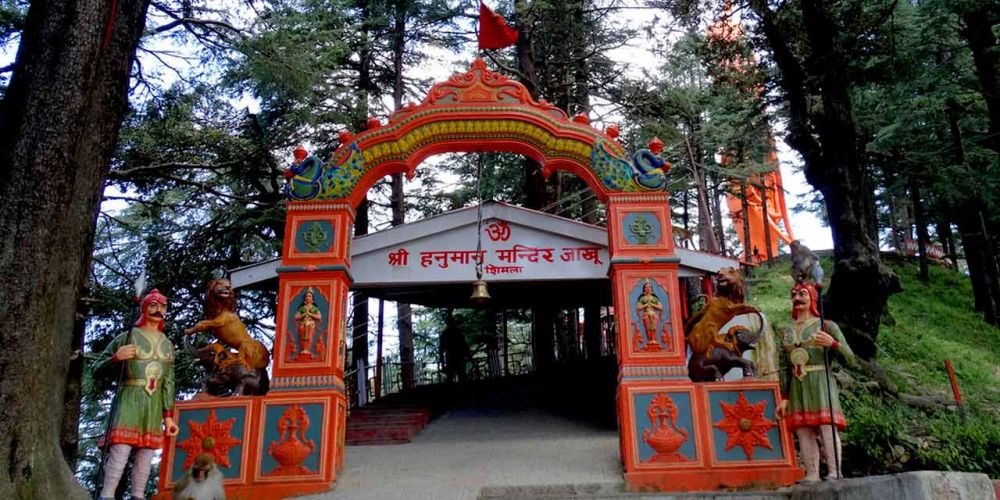

Located on the highest peak of Shimla, the Jakhu Temple is a revered holy shrine dedicated to the Hindu deity Hanuman. This ancient temple is not just a spiritual destination but also offers a panoramic view of the surrounding Shivalik Ranges and the nearby town of Sanjauli. It's situated at an altitude of 2,455 meters above sea level and is an integral part of Shimla's rich cultural and religious landscape.
The history of the Jakhu Temple is steeped in myth and legend. It is said to date back to the times of the Ramayana, a major Sanskrit epic of ancient India. According to the legend, Lord Hanuman stopped at this spot to rest while searching for the Sanjeevani Booti (a herb with life-restoring properties) needed to heal the injured Lakshmana, Lord Rama's brother. The temple has since been a symbol of unwavering faith and a venerated pilgrimage site for devotees from all over the country.
The British colonial era marked the transformation of Shimla from a sleepy hamlet to a bustling town. The British developed Shimla as their summer capital due to its pleasant climate, which offered a respite from the heat of the Indian plains. The establishment of the famous Kalka-Shimla Railway in 1903 made the town more accessible to tourists and played a pivotal role in boosting Shimla's popularity as a tourist destination. Over time, Shimla's colonial architecture, natural beauty, and cultural heritage sites like the Jakhu Temple drew more visitors, thus contributing significantly to the development of tourism in the region.
Today, tourism in Shimla has embraced modern trends while preserving its historical legacy. The most prominent of these trends include:
The Jakhu Temple continues to be a popular destination for both the devout and tourists seeking tranquility and a glimpse into Shimla's soulful heritage. Its mixture of divine energy and natural beauty ensures that it remains one of the most cherished landmarks in India's tourism landscape.